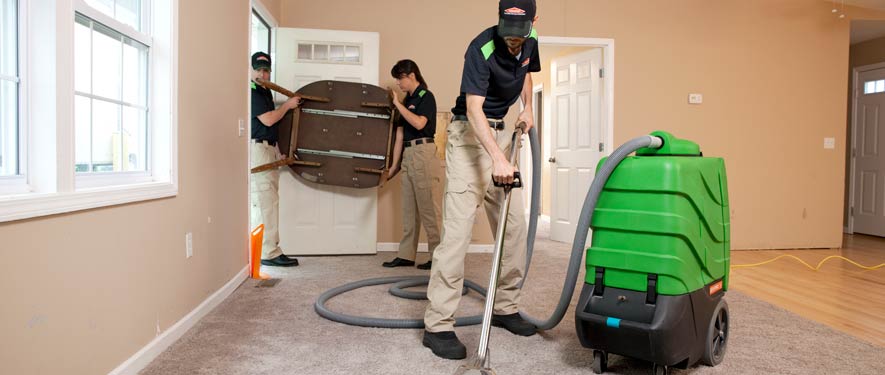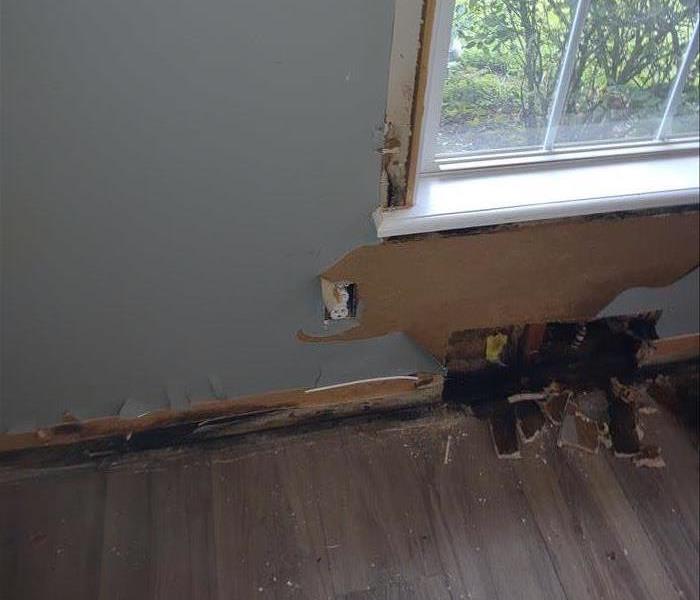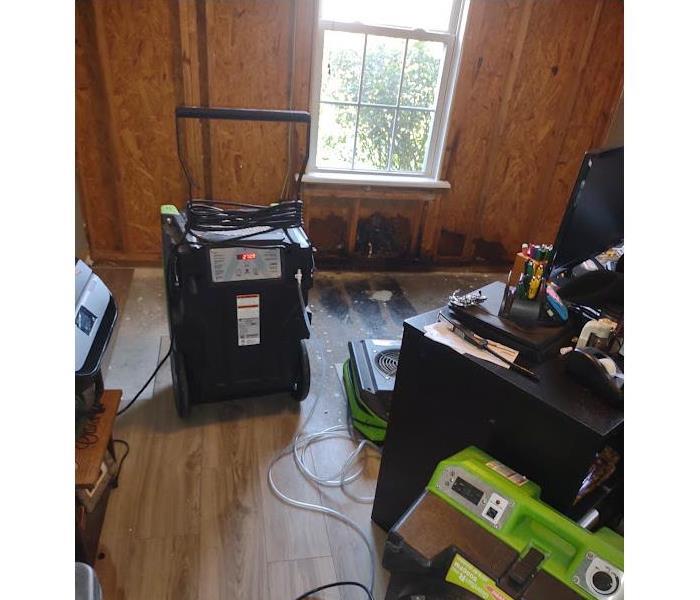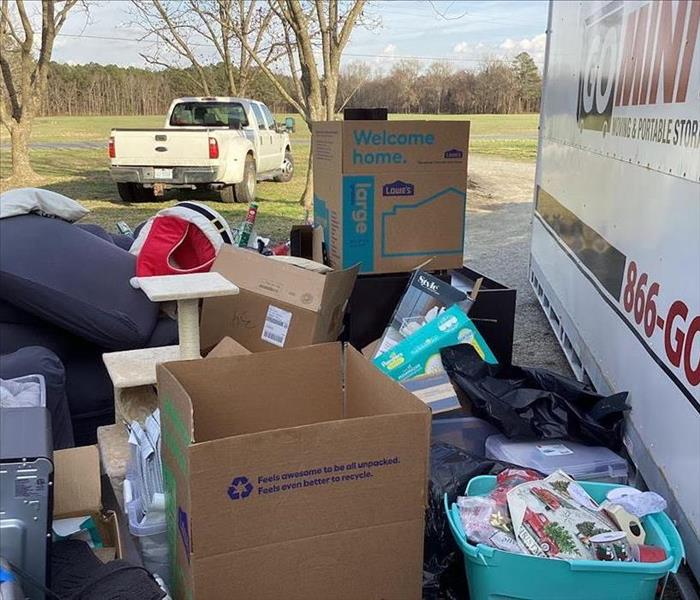
Step 3: Water Removal / Water Extraction
Water Removal
SERVPRO has many different types of equiment to extract water in many different ways and senerios, each is made to specifically extract from different materials, different area sizes and has the ability to handle residential and commercial water damages.. Service work normally begins wiht a thorough extraxtion of water. This helps prevent the spread of water in the structure and reduces drying time. Typically, hundreds or thousands of gallons of water are removed using powerful pumps and extraction units during the water removal process. SERVPRO has the ability to remove adn ectract water from, carpets, hard flooring, upholstry, and many more surfaces.
Move-Out / Pack-Out
If your home requires extensive restoration or cleaning, SERVPRO of Carteret & East Onslow Counties can conduct an organized, efficient move-out to protect your belongings from further damage.
- Move-Out Service
Emergency Water Removal
Our highly trained technicians will begin the water removal process almost immediately. Depending on the amount of water, we may use powerful submersible pumps in addition to industrial strength, wet/dry vacuums. Removing most of the water helps reduce drying time and helps prevent secondary water damage and mold and bacterial growth.
- Remove Excess Water
- Use Submersible Pumps and Industrial Wet/Dry Vacuums
Inspect the Carpet Pad and Carpet
We inspect the carpet and pad and determine if they should be removed to protect the subfloor.
- Inspect Carpet Pad and Remove If Needed
- Inspect Carpet and Remove If Needed
Water Removal Equipment
- Moisture detectors, hygrometers, and other meters measure the extent of moisture saturation.
- Infrared cameras may be used to find “hidden” water behind walls and ceilings.
- Submersible and gas-powered pumps are used for continuous pumping of high-level water.
- Truck-mounted and portable extraction units perform efficient water removal.




 24/7 Emergency Service
24/7 Emergency Service





